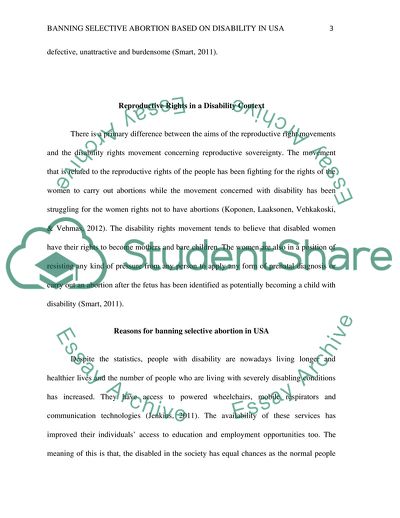Cite this document
(Not Found (#404) - StudentShare, n.d.)
Not Found (#404) - StudentShare. https://studentshare.org/medical-science/1869520-banning-selective-abortion-based-on-disability-in-usa
Not Found (#404) - StudentShare. https://studentshare.org/medical-science/1869520-banning-selective-abortion-based-on-disability-in-usa
(Not Found (#404) - StudentShare)
Not Found (#404) - StudentShare. https://studentshare.org/medical-science/1869520-banning-selective-abortion-based-on-disability-in-usa.
Not Found (#404) - StudentShare. https://studentshare.org/medical-science/1869520-banning-selective-abortion-based-on-disability-in-usa.
“Not Found (#404) - StudentShare”. https://studentshare.org/medical-science/1869520-banning-selective-abortion-based-on-disability-in-usa.


